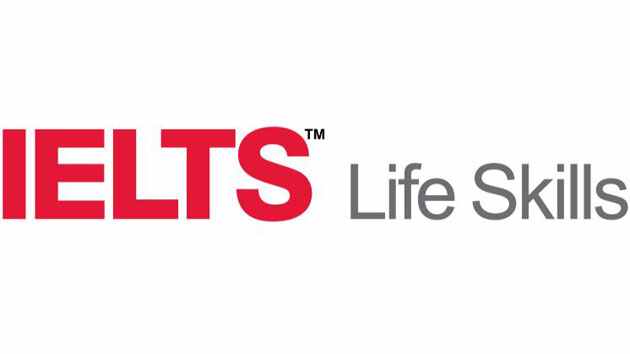In recent years, the world of education has undergone significant changes with the introduction of various technological advances aimed at improving the learning process. One such innovation is a Learning Management System (LMS). An LMS is a web-based system used to manage and deliver educational content, which has become an essential tool for educational institutions. This article will provide an in-depth understanding of what an LMS is, its features, benefits, and how its implementation impacts educational institutions.
What is an LMS?
A Learning Management System (LMS) is a web-based platform that facilitates the management, delivery, and evaluation of educational content. The system enables educators to create and deliver content, track learners' progress, and evaluate their performance. One of the primary features of LMS is the ability to provide learning materials and resources through various modes such as multimedia, interactive video conferencing, and more. One of the most popular LMSs of our time is Canvas by Instructure. Terminology matters and an LMS should not be confused with a platform such as Thinkific! Although there is some overlap in their features, they have distinct differences.
How Does an LMS Work?
The LMS platform comprises four basic components – the administrator, the instructor, the learner, and the content. The administrator oversees system setup, and configuration and assigns roles and permissions to the end users. The instructor creates course content, sets assessments, and assigns tasks to learners. The learner accesses the course content, takes quizzes, and completes assignments. The content of the LMS includes learning materials, assessments, and assignments created by instructors for learners.
Benefits of LMS
An LMS has numerous benefits, which include increased access to learning content, improved communication and collaboration, reduced training costs, and centralised administration. Firstly, the LMS provides learners with 24/7 access to course materials such as reading materials, presentations, and video recordings, which are updated frequently. This accessibility offers learners the flexibility to learn at their pace, location and on their device of choice. Secondly, LMS platforms have communication tools such as chat rooms and discussion forums and interactive video conferencing features, which enable learners to engage with their instructors and classmates, ask questions, share experiences, and exchange ideas. Thirdly, LMS centralises training, which reduces the cost of training or delivering course material. Lastly, LMS platforms provide administrators with centralised management of learning environments, course structure, assessments, and student progress, resulting in a more efficient and streamlined process.
LMS in Educational Institutions
LMS has had a significant impact on the way education institutions manage and deliver course content. For instance, universities, colleges, and schools have integrated LMS platforms to deliver online and blended courses, offer continuing education, and professional development programmes. In addition, LMS has enabled educational institutions to reach learners beyond geographic boundaries, offer personalised learning experiences, promote self-directed learning and engage learners with diverse learning styles. This flexibility and ease of access to educational materials have further contributed to enabling institutions to support remote learning.
Final Word
In conclusion, Learning Management Systems are a powerful tool for educational institutions seeking to advance their course delivery, enhance educational experiences and support remote learning. By allowing for increased access to learning content, improved communication and collaboration reduced training costs and centralised administration, LMS platforms offer numerous advantages to both learners and instructors. The benefits imparted by LMS serve to address the challenges that institutions experience while meeting the diverse learning needs of modern-day students. As such, LMS’s implementation in educational institutions has reshaped the conventional learning model, making it more flexible, diverse and accessible.
For more useful resources on how to work with LMSs as a Learning Designer, and all other things elearning, visit here. However, it’s advised to seek a team of professionals to implement an LMS correctly. Work with Oppida to utilise the skills of an experienced team of Learning Designers.

.jpg)




